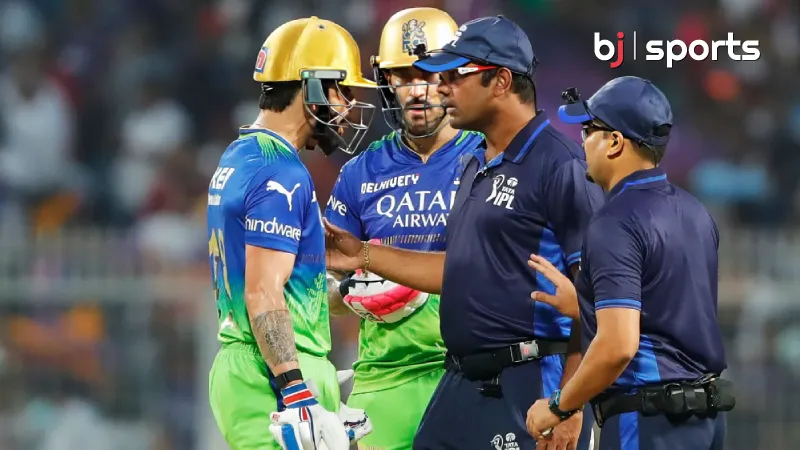The IPL keeps us glued to our screens with its electrifying matches and larger-than-life personalities. But what happens when a split-second decision on the field swings the game one way or another? That’s where the third umpire and video replay come in, playing a game-changing role in ensuring fair play.
The Off-Field Hero: The Third Umpire
Imagine a cricket match with a war room on the side. That’s basically the third umpire’s setup. This unseen official is like a hawk, reviewing replays of controversial moments with the help of high-tech video equipment. Their job? To make sure the on-field umpires get the big calls right, upholding the integrity of the game we all love.
Video Replay: From Fuzzy Footage to Game-Changer
Remember those days when replays were just grainy snippets for the TV audience? Thankfully, those are long gone. Today’s video tech is crystal clear, allowing the third umpire to dissect every cricketing drama – from those heart-stopping boundary calls to those super-close run-outs. It’s like having a super slow-mo superpower to ensure every decision is spot-on.
Read More:- IPL Playoffs: A Time of Sparking Passion and Peak Cricket
The Evolution of Video Replay: From Humble Beginnings to IPL Hero
Video replay wasn’t always the polished system it is today. It all started in the late 20th century with basic replay systems used for broadcasts. Then came the 1992 Cricket World Cup, which marked a turning point with the introduction of the third umpire system. Since then, this off-field official has become a key player, especially in high-pressure tournaments like the IPL.
The Third Umpire in the IPL: Not Just About Reviews
The third umpire’s best friend in the IPL? The Decision Review System (DRS). This is where a team can challenge a call they think is wrong, and the third umpire uses replays and tech to make the final call. But that’s not all! They also weigh in on close calls like stumpings, run-outs, and even some instances of suspected foul play. Every decision is like a puzzle – the third umpire needs a keen eye and an unbiased mind to get it right.
Challenges and Controversies: It’s Not Always Smooth Sailing
Ultraedge showed spike even before the ball passed near the bat. Unlucky for Rohit Sharma. pic.twitter.com/917bBQB5zg
— Mufaddal Vohra (@mufaddal_vohra) May 9, 2022
Even with amazing technology, things don’t always go perfectly. Sometimes, there are technical glitches – think bad camera angles or blurry footage – that can make it tough for the third umpire to give a clear decision. This can be frustrating for players and fans alike. And let’s not forget the human element! Cricket officiating can be subjective, and even with replays, there can still be room for interpretation and debate.
The Future of Video Replay: Supercharging the Game
The good news is that video tech is constantly getting better. Imagine ball-tracking technology that shows the exact path of the ball, or real-time data analysis that helps the third umpire make even faster calls. These innovations are on the horizon, promising to make decision-making in the IPL (and cricket as a whole) even more accurate and efficient.
Fairness and Accuracy: The Winning Partnership
The third umpire and video replay are a winning partnership in the IPL. They ensure that the excitement of the game isn’t overshadowed by unfair calls. As cricket continues to evolve, this focus on fairness and accuracy will remain vital. After all, we all want to see the best team win, and video replay is there to make sure that happens. So, the next time you’re watching an IPL match, remember the unseen hero in the war room – the third umpire – making sure every play is above board.
